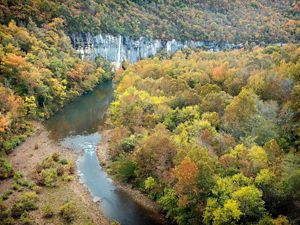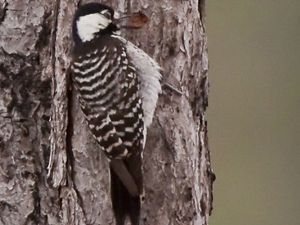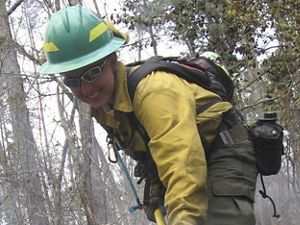Reviving Shortleaf Pine Forests
Conservation efforts have successfully restored over 1.5 million acres of shortleaf pine forests, enhancing biodiversity and ecosystem health.
Shortleaf pine forests, a fire-dependent species in Arkansas, have suffered significant loss over the past 30 years, with an estimated 10% of their historical range remaining in the U.S. These declines are primarily due to fire suppression, competition from faster-growing species and absence of land management practices. Crucial for maintaining biodiversity, shortleaf pine forests provide critical habitat that contributes to the ecosystem's overall health.
Collaborative Conservation at Work
Conservation professionals have concentrated their efforts on the western range of the shortleaf pine, where more significant remnant landscapes and pure stands are more common. These areas are valuable for conservation as they are often more resilient and can serve as important sources for restoration efforts.
Over the past decade, management efforts focused on prescribed fire, timber management, and reforestation, collaborating with conservation and natural resource partners, have successfully restored or enhanced 1,581,806 acres of shortleaf pine within its western range. This initiative has created two of the largest and most robust areas for shortleaf pine forests: the Ouachita and Ozark National Forests.
Collaborative management efforts have increased the acreage of shortleaf pine and improved the overall health and resilience of the ecosystem. By reintroducing fire as a natural process, managing timber sustainably, and planting new trees, we create a mosaic of habitats supporting a wide range of species. The success of this projects demonstrates the importance of collaboration and long-term commitment to conservation.
The Future of Shortleaf Pine Forests
Looking ahead, continued efforts will focus on expanding restoration activities, monitoring the health of restored areas, and engaging local communities in conservation practices. By focusing on the right tree in the right soils and implementing effective management practices, partners are transforming these areas into thriving shortleaf pine forests, increasing biodiversity, and ensuring that they continue to succeed and provide essential benefits to wildlife and people.
We Can’t Save Nature Without You
Sign up to receive monthly conservation news and updates from Arkansas. Get a preview of Arkansas' Nature News email




